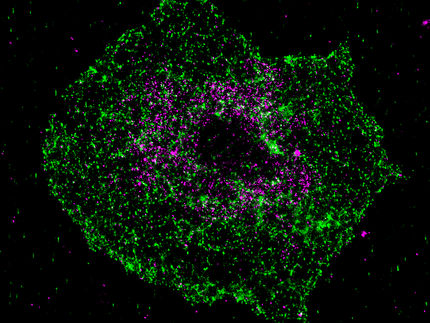Naked mole rats may hold clues to surviving stroke
Advertisement
Two University of Illinois at Chicago researchers report in NeuroReport that adult naked mole rat brain tissue can withstand extreme hypoxia, or oxygen deprivation, for periods exceeding a half-hour - much longer than brain tissue from other mammals. The findings may yield clues for better treatment of brain injuries associated with heart attack, stroke and accidents where the brain is starved of vital oxygen.
John Larson, associate professor of physiology in psychiatry, and Thomas Park, professor of biological sciences, studied African naked mole rats. The living is tight and the breathing even worse, with the limited air supply high in carbon dioxide and low in oxygen. The air they breathe is so foul it would be fatal or lead to irreversible brain damage in any other mammal, Larson and Park said. But naked mole rats studied were found to show systemic hypoxia adaptations, such as in the lungs and blood, as well as neuron adaptations that allow brain cells to function at oxygen and carbon dioxide levels that other mammals cannot tolerate.
"In the most extreme cases, naked mole rat neurons maintain function more than six times longer than mouse neurons after the onset of oxygen deprivation," said Larson.
"We also find it very intriguing that naked mole rat neurons exhibit some electrophysiological properties that suggest that neurons in these animals retain immature characteristics."
All mammal fetuses live in a low-oxygen environment in the womb, and human infants continue to show brain resistance to oxygen deprivation for a brief time into early childhood. But naked mole rats, unlike other mammals, retain this ability into adulthood.
"We believe that the extreme resistance to oxygen deprivation is a result of evolutionary adaptations for surviving in a chronically low-oxygen environment," said Park.
"The trick now will be to learn how naked mole rats have been able to retain infant-like brain protection from low oxygen, so we can use this information to help people who experience temporary loss of oxygen to the brain in situations like heart attacks, stroke or drowning," he said.
Larson said study of the naked mole rat's brain may yield clues for learning the mechanisms that allow longer neuronal survival after such accidents or medical emergencies, which may suggest ways to avoid permanent human brain damage.




























































